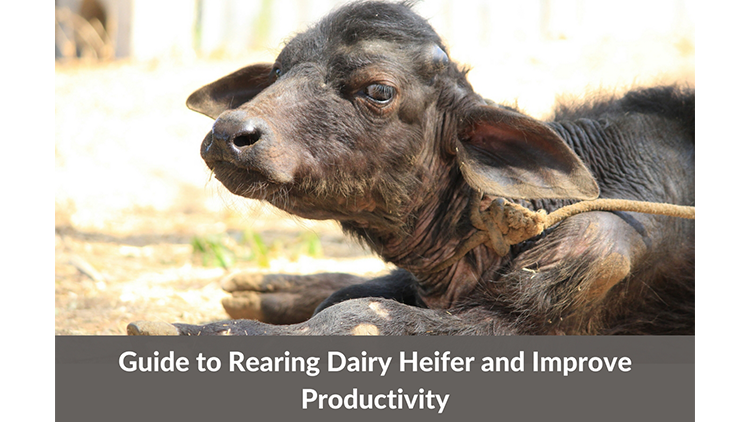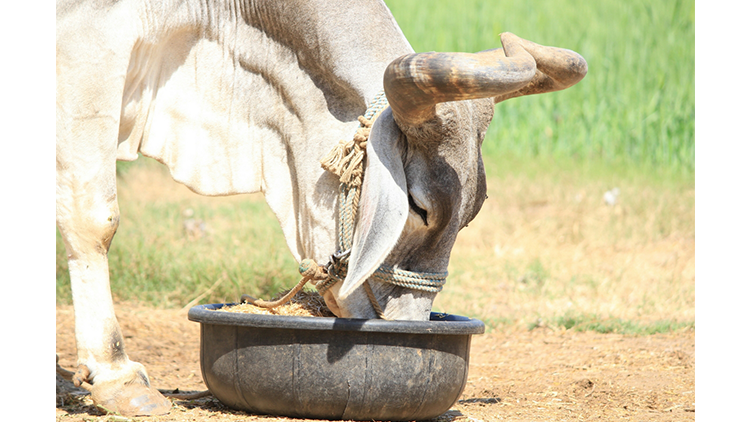Heifer is a term given to animals whose age falls between one year and first lactation. About 20 to 25% animals or cows are replaced by heifers annually on dairy farms. Heifers require much more care compared to cows that have calved earlier and hence, all the necessary nutrition and management practices must be followed. The heifers must be nurtured in a way that they can calve around 30 months of age (in crossbred cows). For indigenous cows and buffalos, the average age 36 months. The dates when the heifers are impregnated naturally or artificially and due for calving should be recorded in a cattle record-keeping software to maintain accuracy and notify about the same as the date approaches. Here we mention a few good practices for rearing heifers.
The heifers need adequate nutrition as they are growing animals and to must suffice their daily diet requirements. Thereby, ample green fodder along mixed with concentrates and minerals must be fed to the heifers. Plus, a heifer must be given dry matter in an amount at least equal to 2% of its body weight.
- The body condition, health, and growth of heifers must be observed and noted every day. It is recommended that the heifers gain at around 500gm to 600gm of weight daily.
- Proper hygiene and sanitation standards must be practiced along with appropriate vaccination doses given to the heifers.
- The water managers must be cleaned thoroughly and filled with fresh drinking water to ensure round-the-clock accessibility.
- For breeding heifers, an ideal combination of body weight and age must be considered. The ideal body weight for Indian breeds should be 225kg to 250kg which should be gained in 22-25 months, while for the non-Indian race, it should be 275kg to 325kg which must be covered in 15-18 months.
- It is advised that the first-time pregnant cows go through and get acquainted with the milking routine along with other milking cows. The udder must be massaged to stimulate the development of milk and get the cows habituated with human hand milking.
- The heifers must be fed high-quality roughage and concentrate mixture. Feed mineral supplements to the pregnant heifers to prevent diseases like milk fever.
- Shift the heifers to a separate calving pen one week before the due date of calving. The cow which is approaching parturition will show signs of uneasiness and stay away from the rest of the herd.
Round-up
What practices do you follow at your dairy farm for rearing heifers? Or you’re looking for a cattle record-keeping software to help you monitor your cows? Subscribe to our blog to gain more information and help you get it right



